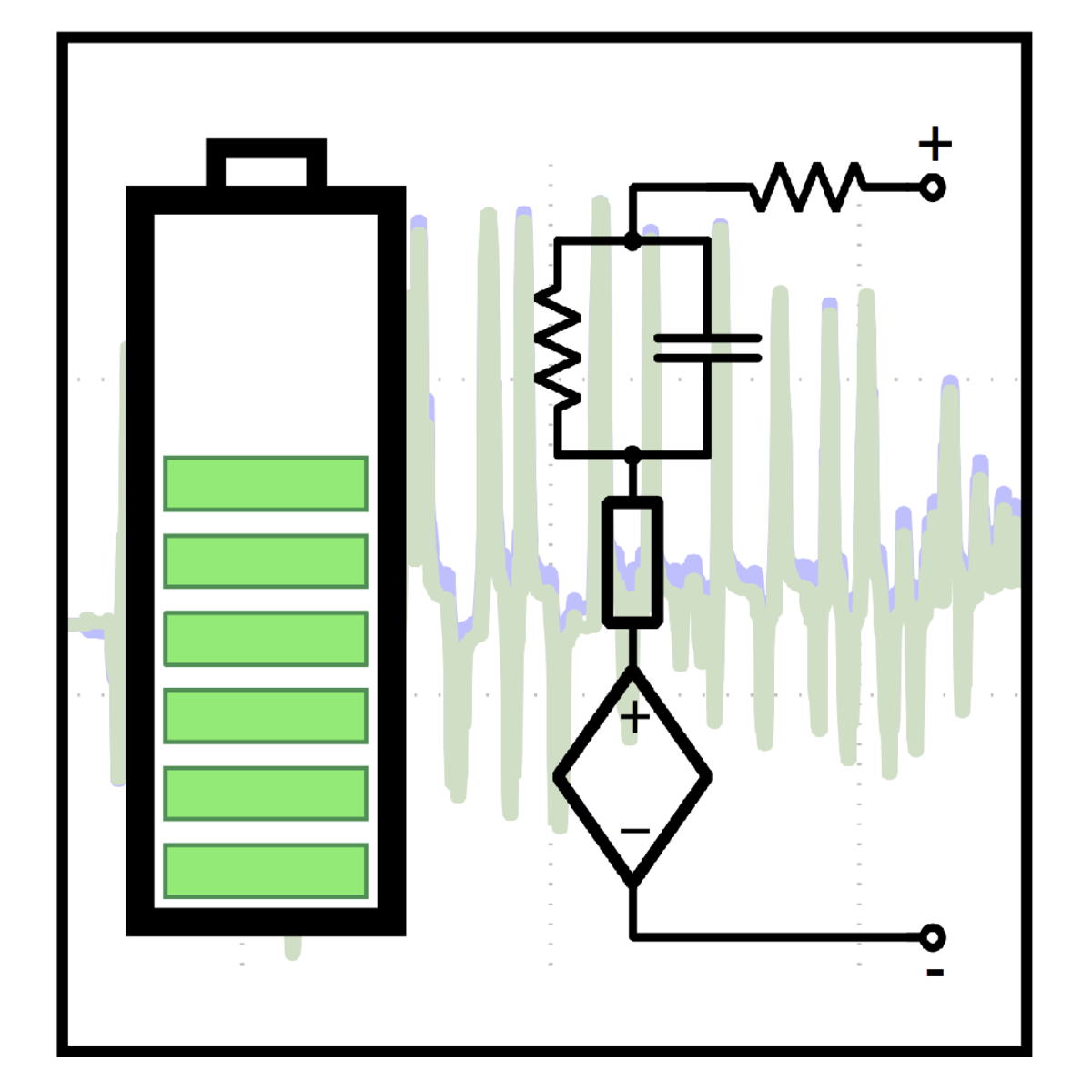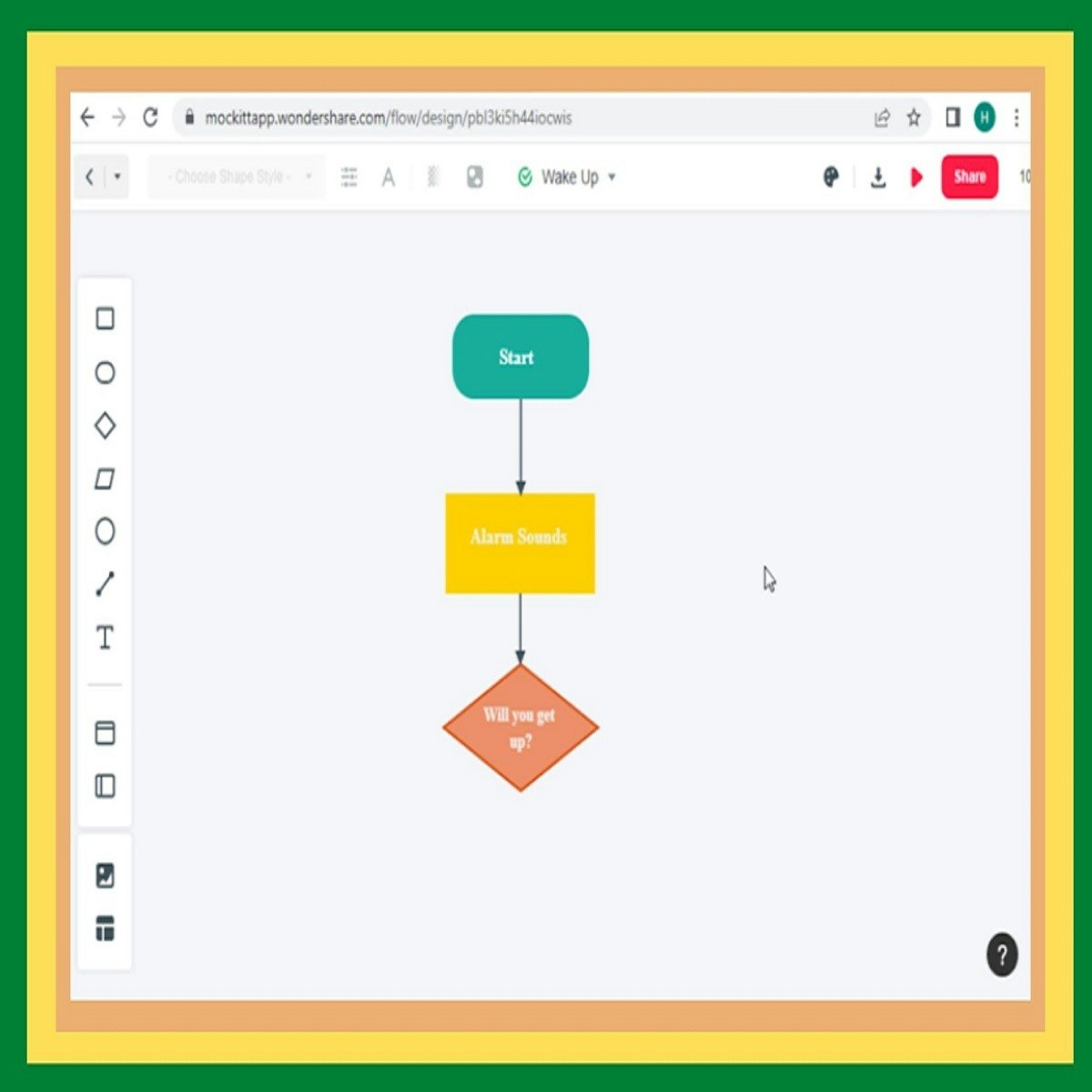Back to Courses









Computer Science Courses - Page 83
Showing results 821-830 of 2309

Equivalent Circuit Cell Model Simulation
This course can also be taken for academic credit as ECEA 5731, part of CU Boulder’s Master of Science in Electrical Engineering degree.
In this course, you will learn the purpose of each component in an equivalent-circuit model of a lithium-ion battery cell, how to determine their parameter values from lab-test data, and how to use them to simulate cell behaviors under different load profiles. By the end of the course, you will be able to:
- State the purpose for each component in an equivalent-circuit model
- Compute approximate parameter values for a circuit model using data from a simple lab test
- Determine coulombic efficiency of a cell from lab-test data
- Use provided Octave/MATLAB script to compute open-circuit-voltage relationship for a cell from lab-test data
- Use provided Octave/MATLAB script to compute optimized values for dynamic parameters in model
- Simulate an electric vehicle to yield estimates of range and to specify drivetrain components
- Simulate battery packs to understand and predict behaviors when there is cell-to-cell variation in parameter values

Make a Flowchart with Mockitt
Think about decisions you make every day and the processes that you use. Have you ever seen them laid out in a chart format? Flowcharts can be used to develop a process or outline steps. Flowcharts are a great tool to use to plan your websites or apps and to figure out complicated processes. In this project, you will learn more about the steps to making a flowchart, and you will use Wondershare Mockitt to make a flowchart.

Manipulate Arrays with JavaScript Methods
By the end of this project, you will have used JavaScript methods to manipulate the elements in an array. Methods can be used to add new elements to an array and to remove unwanted elements. Methods can also be used to create a new array by copying elements from one or more existing arrays.
Note: This course works best for learners who are based in the North America region. We’re currently working on providing the same experience in other regions.

3D Model Creation with Autodesk Fusion 360
Design is the first phase in the digital manufacturing process. In this course, through a series of lectures and hands-on lessons, we’ll examine a designer’s approach to the design and manufacturing process—from concept to 3D model. We’ll start by applying design thinking to understand user needs, and then we’ll explore design criteria as we dive deeper into Autodesk® Fusion 360™ sketching, modeling, rendering, and documentation features.
Looking for Autodesk Fusion 360 certification prep courses? Check out additional learning resources to help you uplevel your skills: https://www.autodesk.com/learning

Introduction to UI Design
In this course, you will gain an understanding of the critical importance of user interface design. You will also learn industry-standard methods for how to approach the design of a user interface and key theories and frameworks that underlie the design of most interfaces you use today.
Through a series of case studies on commercial systems - many of which you likely use on a regular basis - we will illustrate the benefits of good design. We will also demonstrate how the costs of bad design can often be severe (in user experience, money, and even human lives).
You will then gain a high-level understanding of the user-interface design process. You will be introduced to common design scenarios - e.g. improving on existing designs and starting a new design from scratch - and the general design processes that tend to be used for each scenario.
Finally, we will begin introducing the large body of existing knowledge on design by providing overviews of core user interface design theories and concepts. This key foundational information will help you avoid “reinventing the wheel” when you are designing your interfaces in this specialization.

Interactive Geospatial Visualization:Kepler GL & Jupyter Lab
In this 1-hour long project-based course, you will learn how to easily create beautiful data visualization with Kepler inside Jupyter Notebooks and effectively design different geospatial data visualizations.

Regression with Automatic Differentiation in TensorFlow
In this 1.5 hour long project-based course, you will learn about constants and variables in TensorFlow, you will learn how to use automatic differentiation, and you will apply automatic differentiation to solve a linear regression problem. By the end of this project, you will have a good understanding of how machine learning algorithms can be implemented in TensorFlow.
In order to be successful in this project, you should be familiar with Python, Gradient Descent, Linear Regression.
Note: This course works best for learners who are based in the North America region. We’re currently working on providing the same experience in other regions.

Block.one: Creating a Multi Node EOSIO Blockchain
This is a self-paced lab that takes place in the Google Cloud console.
In this lab, you will extend the single node EOSIO blockchain to use multiple nodes. You will install various EOSIO software components to set up your multi node EOSIO blockchain. Finally, you will perform some node operator tasks on your new EOSIO blockchain.

Project: Creating Your First C++ Application
In this 1-hour long project-based course, you will learn how to implement the basics of C++ and OOP program design, discover pointers and memory management in C++, and find optimal situations for using C++ in the real world. By the end of the project, you will create an application that can process basic calculator functions from the user, and stores the previous results. With this project we will create a basic first application in C++, and highlight the differences between C++ and other popular programming languages.
C++ has been around since the mid 80s, yet despite its age, it is still an essential part of application development today. C++ is the third most popular language for development, and its balance of low level access and high level concepts ensures that it still holds an essential role, especially in large-scale enterprise development. Students looking to re-skill for another job will find this course gives them a great introduction to C++, and more advanced students looking to refresh their memory will also be at home. Join the course, and get a powerful crash course into C++.
This course works on the Rhyme platform, which allows you to have a custom Windows VM that ensures you don't have to worry about any of the setup work that normally causes beginners trouble with C++ or any new language. Students will be able to code along on their desktop and learn by coding with the instructor.
Note: This course works best for learners who are based in the North America region. We’re currently working on providing the same experience in other regions.

Capstone: Data Science Problem in Linear Algebra Framework
In this course, you'll review the specifics of the Capstone project. In addition, you will create and run your regression model and share your results with your peers. Let's get started!
